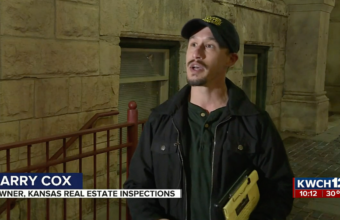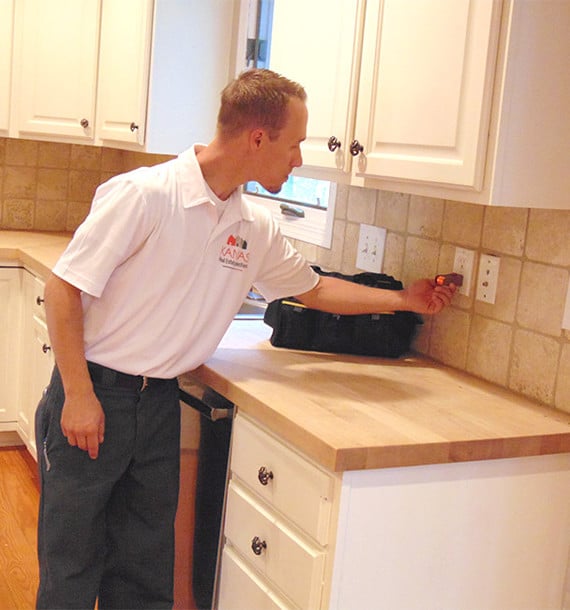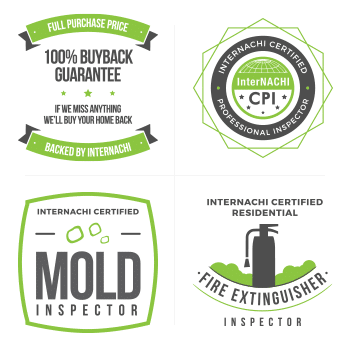After a home inspection, you’ll have a complete report of the condition of the home. Some fixes might be recommended, while others should be considered urgent. Also, the fixes you will most likely need to make will depend on the specifics of your home, such as when it was last inspected, how old it is, local soil conditions, and the local climate.
Common areas where inspectors find issues:
- Roofing
Your inspector will check your roofing conditions and consider things like insulation, the lifespan of your roofing material, and its structural integrity. The older a home is, the greater the likelihood you’ll have to make some repairs or improvements to your roofing.
- Insulation
Insulation plays a vital role in the comfort of your home, its energy efficiency, and safety for everyone inside. Your inspector will check the quality and condition of your insulation around your home and in your attic. Common issues include too little insulation, compressed insulation, or inadequate materials.
- Electrical
Our priority during an electrical inspection is to find any potential safety and fire hazards. Common electrical fixes include missing or faulty outlets, improperly buried wires, problems with the service panel, or extension cords in permanent use.
- Drainage
Home inspectors look for drainage issues in and around your home, checking your roofing, flashing, and gutter systems. Common problems with drainage include insufficient support, obstructions, or improper water diversion that can lead to water damage.
- Plumbing
Like most repairs, the extent of plumbing issues will depend on the age of your home and how it was built. Home inspectors look for visual signs of faulty plumbing while also considering the material used for your pipes. Common plumbing issues found during home inspections include corroded piping, poor insulation, and the condition of your water heater.






























